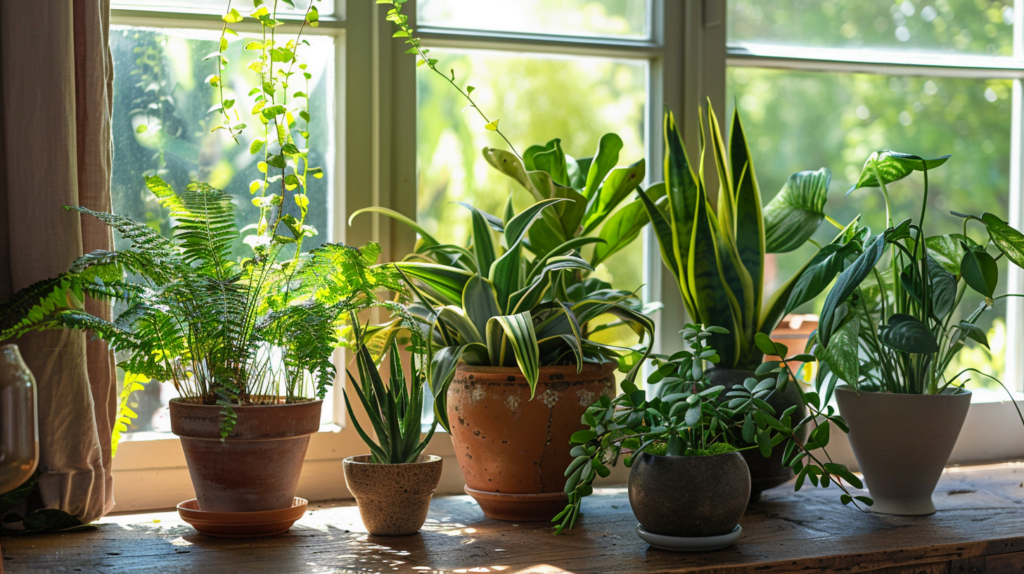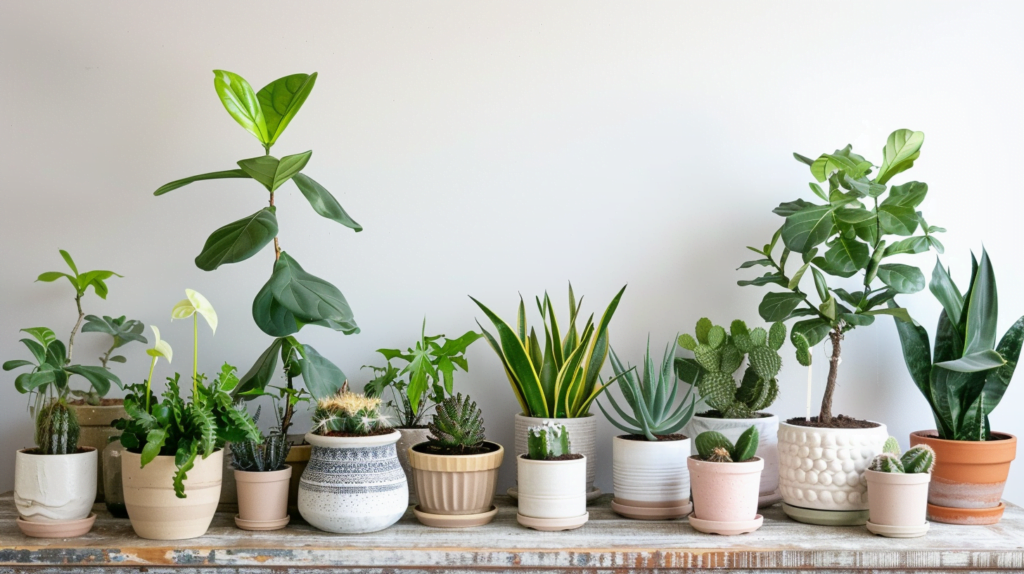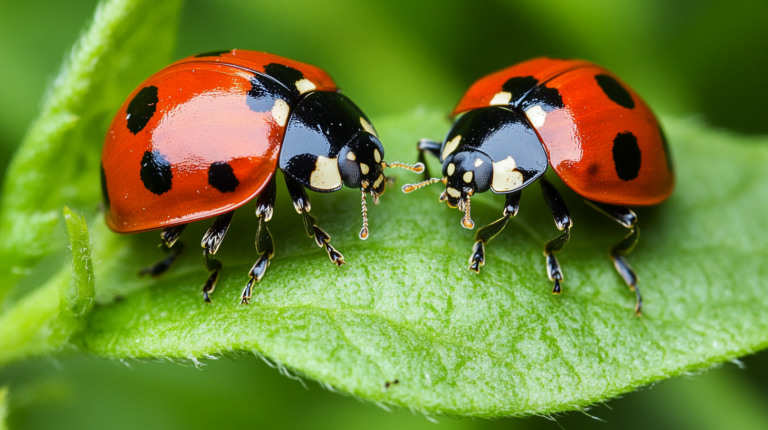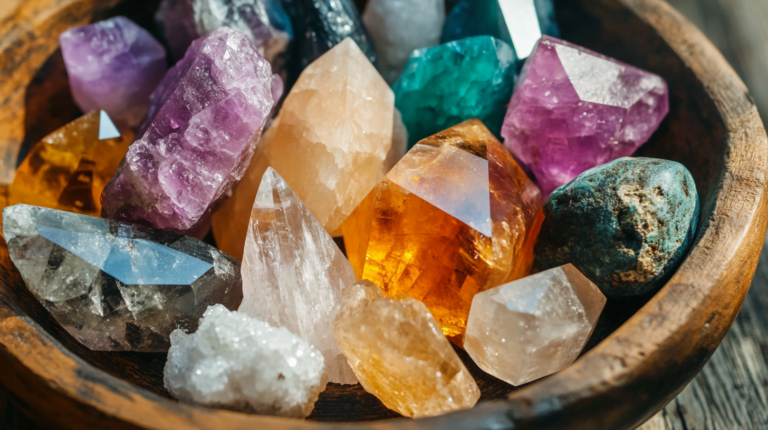Book Appointment Now
Which Plants Are Bad Luck? Unveiling Nature’s Notorious Omens
Discover which plants are bad luck and why in this comprehensive guide. Explore plant superstitions, their cultural origins, and scientific explanations. Learn how to neutralize unlucky plants and find lucky alternatives for your home and garden. Uncover the truth behind nature's notorious omens!

Table of Contents
Have you ever wondered why some plants give people the heebie-jeebies? It’s not just about looks – certain plants have earned quite the reputation for bringing bad juju. Let’s dig into the dirt on these botanical troublemakers and uncover the roots of their unlucky legacy.
The Roots of Plant Superstitions: Where Did It All Begin?
Plant superstitions are as old as gardening itself. Our ancestors, keen observers of nature, noticed patterns and made connections – some logical, others… not so much. These beliefs took root in various cultures, shaping how we interact with our leafy friends.
Feng Shui, the ancient Chinese practice of harmonizing individuals with their surroundings, plays a big role in plant superstitions. It’s all about energy flow, or “chi,” and some plants are thought to block or suck up good vibes like a botanical vacuum cleaner.
But it’s not just Eastern philosophy that’s wary of certain plants. European folklore, African traditions, and Native American beliefs all have their own plant-related superstitions. It’s a global garden of mystical beliefs!
Top 10 Plants Believed to Bring Bad Luck
Ready for a tour of nature’s naughty list? Here are the top 10 plants that might make you think twice before adding them to your home or garden:
- Bonsai Trees: These miniature marvels might look cute, but in Feng Shui, they’re bad news. They’re seen as stunted versions of full-sized trees, symbolizing stunted growth in your life and career.
- Tamarind and Myrtle: These plants are believed to be hotspots for evil spirits. Yikes! Better keep them out of the house.
- Cactus: Those prickly spines aren’t just painful to touch – they’re thought to radiate negative energy. However, they’re great for outdoor spaces, acting like natural energy bouncers.
- Hydrangeas: Despite their beautiful blooms, these flowers are associated with failure and loneliness in some traditions.
- Poppies: Quick to wilt, these flowers are linked to misfortune and disgrace in some cultures.
- Pothos: This popular houseplant is a bit of an energy sponge. Too many can throw off your home’s vibe.
- Snake Plants: Their sharp, pointed leaves are thought to create an aura of rejection. But they’re not all bad – near a door or window, they can attract good energy.
- Carnations: These pretty flowers might be absorbing positive energy and releasing negative vibes.
- Fruit Tree Blossoms: Bringing these indoors was once thought to reduce your fruit harvest. A practical superstition if there ever was one!
- White Flowers: In general, white flowers are often associated with death and funerals.

The Science Behind the Superstitions
While many of these beliefs might seem far-fetched, some have practical roots. For instance, some plants considered unlucky are actually toxic. The Sago Palm, for example, is poisonous to pets and humans. Others, like cacti, have sharp spines that could hurt someone, leading to their “bad luck” reputation.
Some plants emit substances that can cause allergies or irritation, which might have contributed to their negative associations over time. It’s a classic case of correlation being mistaken for causation – these plants didn’t cause bad luck, but their negative effects led people to believe they did.
Cultural Variations: Unlucky Plants Around the World
Plant superstitions vary wildly across cultures. Here’s a quick global tour:
| Region | Unlucky Plant | Reason |
|---|---|---|
| China | Bonsai | Symbolizes stunted growth |
| Germany | Ajuga (Bugle) | Bringing indoors may cause fire |
| UK | Hawthorn | Associated with pagan goddess |
| Nordic Countries | Mistletoe | Connected with death rituals |
| India | Cotton Plants | Believed to bring poverty |
Breaking the Curse: How to “Neutralize” Unlucky Plants
Don’t worry, plant lovers! There are ways to keep your green friends without inviting bad luck:
- Strategic Placement: Keep potentially unlucky plants near windows or doors to act as energy filters.
- Limit Quantities: For energy-absorbing plants like Pothos, stick to no more than three per home.
- Outdoor Options: Many “unlucky” plants do great outside, where they can protect your home from negative energy.
- Positive Intentions: Some believe that your own energy and intentions can override any negative plant vibes.
Lucky Alternatives: Plants That Bring Good Fortune
If you’re looking to swap out your unlucky plants, here are some lucky alternatives:
- Lucky Bamboo: Despite not being true bamboo, this plant is a favorite for bringing good fortune.
- Jade Plant: Also known as the “money plant,” it’s said to attract wealth.
- Peace Lily: Known for purifying air and promoting tranquility.
- Basil: Not just for pesto – it’s believed to bring good luck and protection.
The Psychology of Plant Superstitions
Why do we believe in plant-related luck? It’s all about control and explanation. In a world full of uncertainties, attributing good or bad fortune to something tangible like a plant gives us a sense of control. It’s a way of making sense of random events and feeling like we can influence our fate.
These beliefs can impact our behavior, too. Someone who believes a plant is unlucky might avoid it, potentially missing out on its benefits. On the flip side, believing a plant brings good luck might make us more likely to care for it, indirectly bringing positive results through our actions.
Modern Perspectives: Do These Superstitions Still Hold Water?
In our scientific age, many people dismiss plant superstitions as old wives’ tales. However, these beliefs persist, often blending with modern practices like interior design and wellness trends. Some people choose plants based on their supposed energy effects, combining ancient wisdom with contemporary lifestyle choices.
Interestingly, some of these beliefs have found new life in the digital age. Social media has spread plant superstitions to new audiences, sometimes divorced from their original cultural context. It’s not uncommon to see TikTok videos or Instagram posts about “cursed” plants going viral.

Gardening with Confidence: Overcoming Plant-Related Fears
If you’re feeling spooked by all this talk of unlucky plants, remember: the best garden is one that brings you joy. Here are some tips for fearless gardening:
- Research: Learn about the plants you’re interested in. Knowledge is power!
- Personal Connection: Choose plants that resonate with you personally.
- Positive Mindset: Focus on the benefits and beauty of your plants, not potential negatives.
- Cultural Appreciation: Understand the cultural significance of plants without being bound by superstitions.
- Safe Practices: Follow proper care instructions to avoid any real (non-superstitious) issues with your plants.
Conclusion: Cultivating Your Own Luck
At the end of the day, the luckiest plant is the one that thrives under your care. While it’s fun to explore plant folklore and superstitions, don’t let them limit your green thumb adventures. Every plant has its own unique charm and potential benefits.
Remember, in gardening as in life, you often reap what you sow. With proper care, attention, and a positive attitude, any plant can be a lucky one. So go ahead, embrace the green life, and may your garden be ever flourishing!



